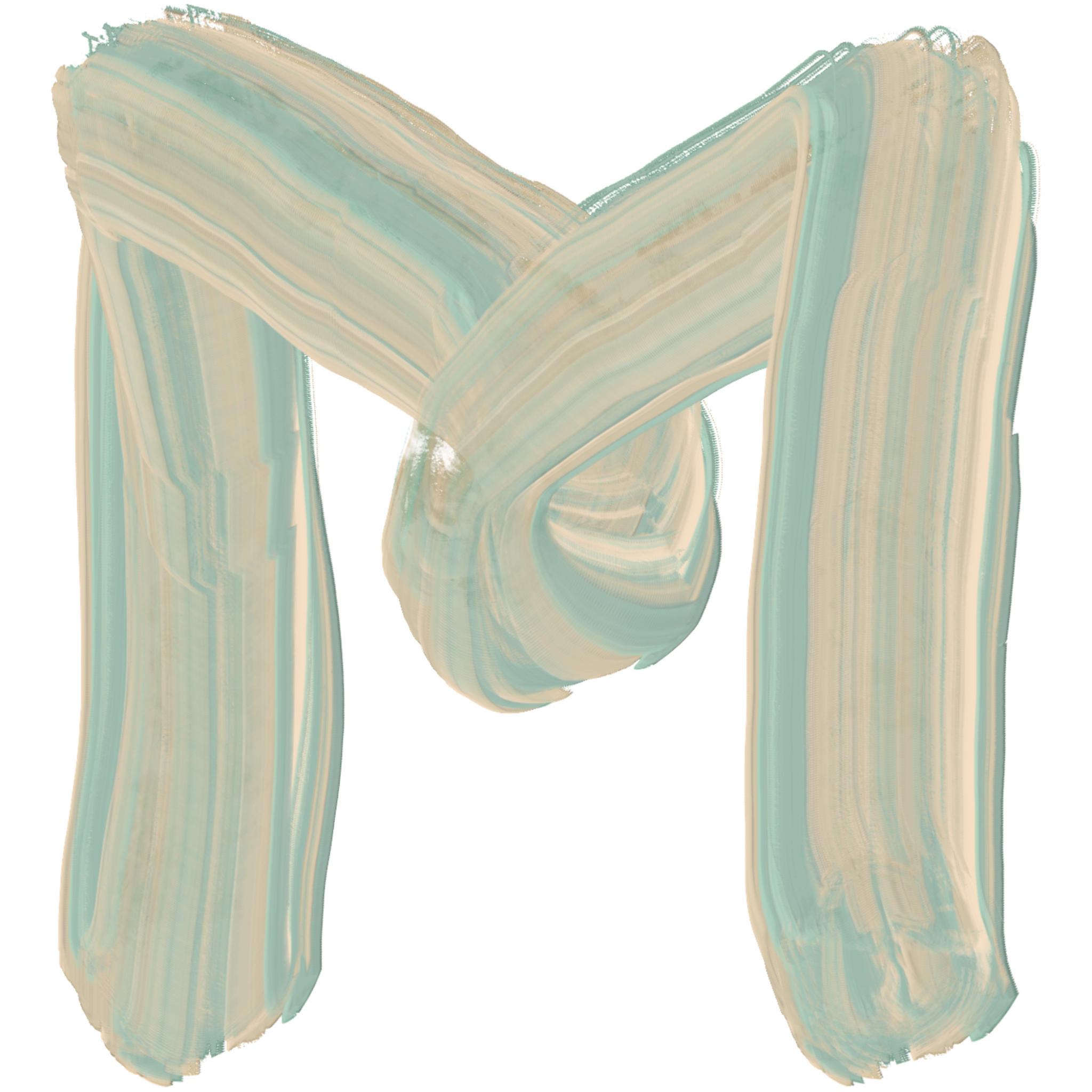Presentations
Topological Smoothing of a Signal over a Planar Graph (slides).
Topological Complexity and the Motion Planning Problem (poster presentation).
異分野異業種研究交流会, October 14, 2023.
Topological complexity and the Lusternik-Schnirelmann category
Seminar at University of Sāo Paulo, 2021, June 20.
Instabilidade de Planejamento de movimento (in Portuguese)
Seminar at University of Sāo Paulo, 2021.
Complexidade Topológica e Categoria LS
IX Workshop de Teses e Dissertações em Matemática, August 26-27, 2019
Since long, the scientific community has done a huge endeavor to accomplish the task of assembling autonomous robots. One obstacle in the development of such technology is the robot motion planning problem [1]: the problem of creating algorithms for mechanical systems to be able to move along their configuration spaces without the need of detailed information about which paths to follow. In this line of thought, Michael Farber introduced in 2003 an invariant called the topological complexity [2], which basically measures the minimum amount of discontinuities existent in a motion planning algorithm for a certain mechanical (robotic) system.
As Farber himself states, this is not a completely new invariant, as it is actually a particular case of the Schwarz genus of a fibration [3]. This gives us an important lower bound for the topological complexity by using Cohomology Theory similar to what was done by Schwarz. The main purpose of the current work is to study the topological complexity in depth. For this reason it is also interesting to consider the LS category [4], as it can give us many important upper and lower bounds for the complexity. The tools employed in the study of this invariant come mainly from cohomology and homotopy theory [5,6]. Another relevant approach is to use fibrewise homotopy theory [7] to compare the fibrewise LS category with the topological complexity. In [8], Iwase and Sakai explored this relation, and also analyzed the case of fibrewise well-pointed spaces.
[1] Latombe, J. C. Robot motion planning (Vol. 124). Springer Science Business Media, 2012.
[2] Farber, M. Topological complexity of motion planning. Discrete and Computational Geometry, 29(2):211-221, 2003.
[3] Schwarz, A. S. The genus of a fiber space. Amer. Math. Sci. Transl., 55, 49–140, 1966.
[4] Cornea, O.; Lupton, G.; Oprea, J.; Tanré, D. Lusternik-Schnirelmann Category. American Mathematical Society, 2003.
[5] Hatcher, A. Algebraic topology. 2002.
[6] Whitehead, G., Elements of homotopy theory. Graduate Texts in Mathematics, 61. Springer-Verlag, New York-Berlin, 1978.
[7] Crabb, M. C., James, I. M. Fibrewise homotopy theory. Springer Science Business Media, 2012.
[8] Iwase, N., Sakai, M. Topological complexity is a fibrewise L–S category. Topology and its Applications, 157(1), 10-21, 2010
Topological Complexity of a Robot Arm
II Workshop on Topological Data Analysis, June 17-19, 2019
Teoria de Homologia Singular
